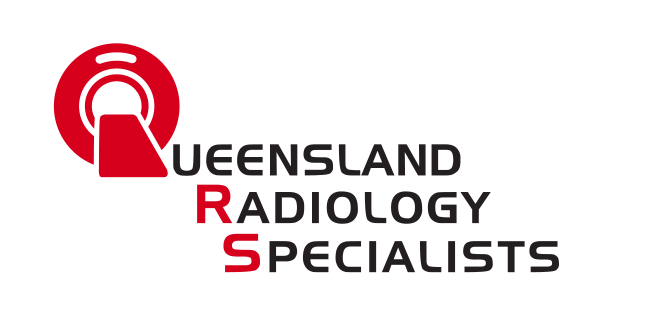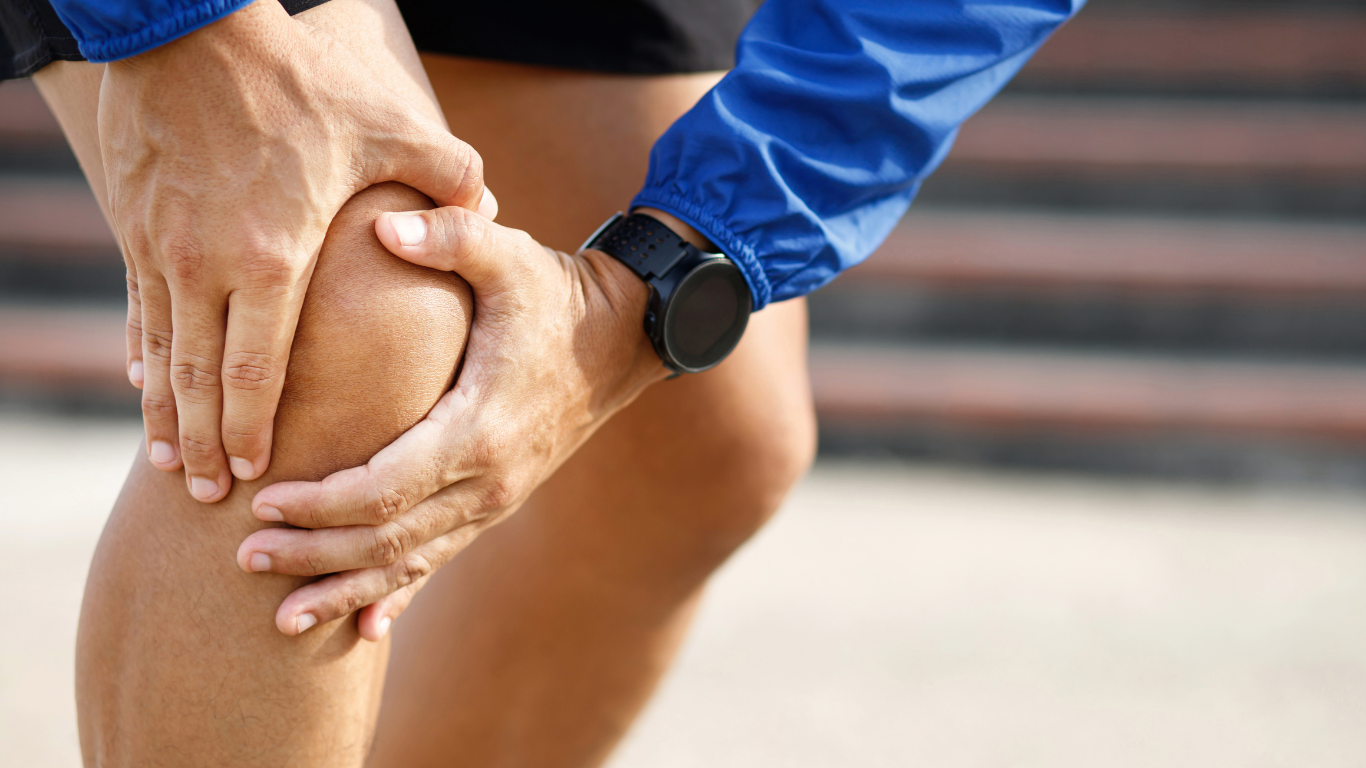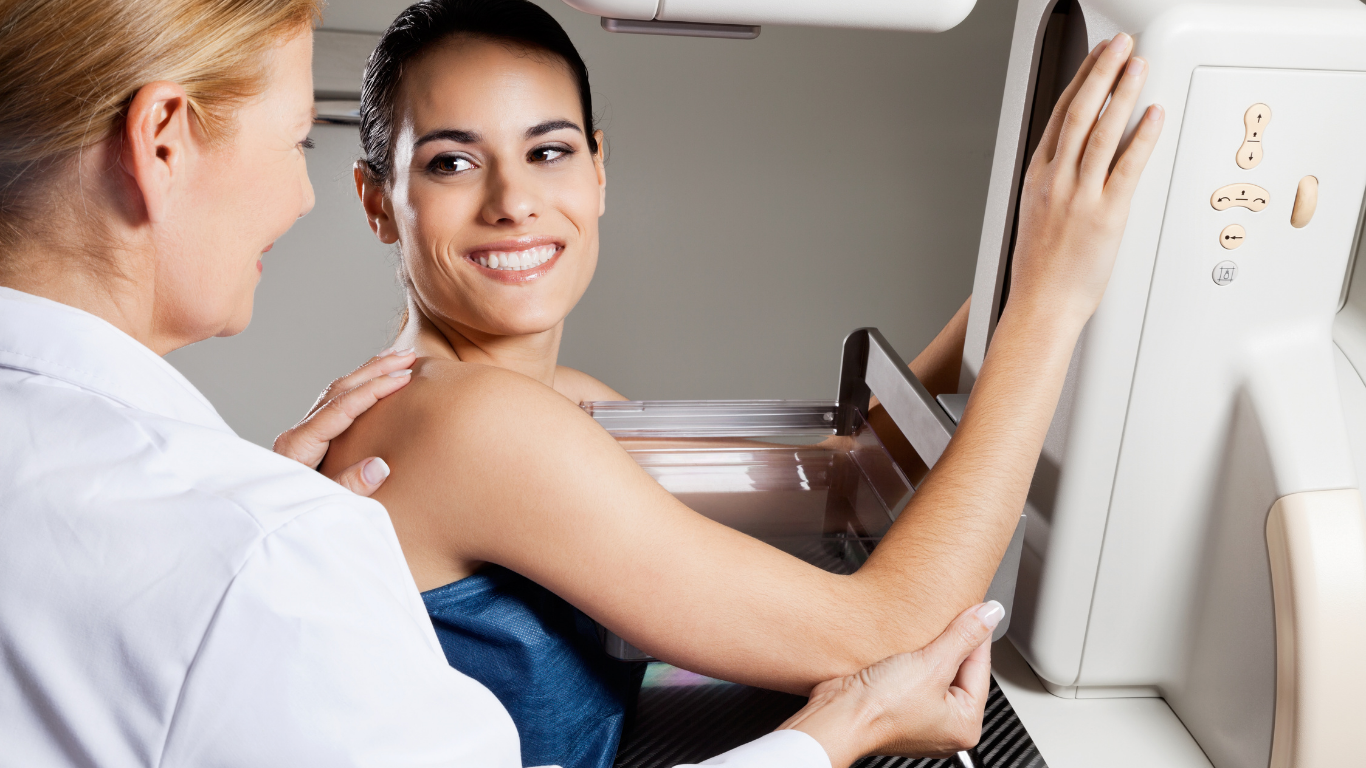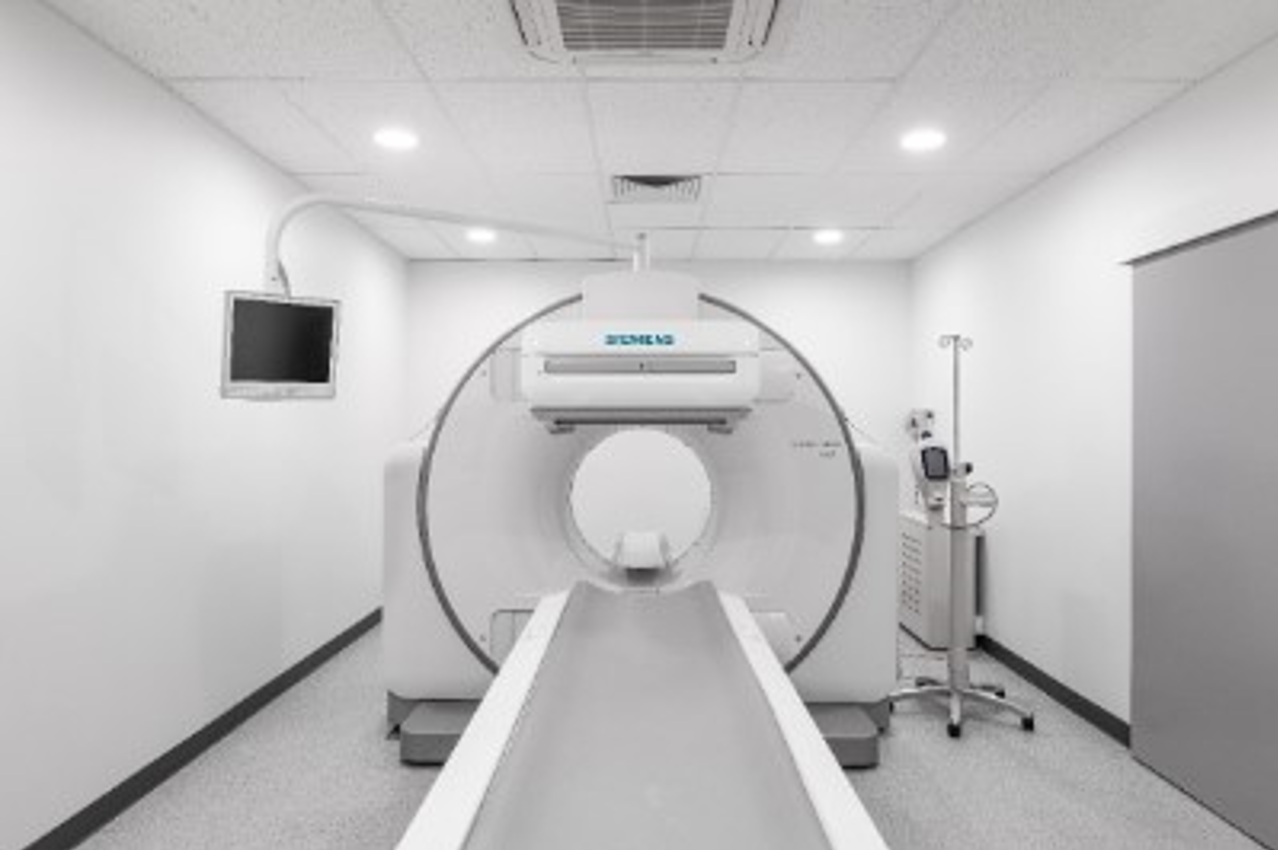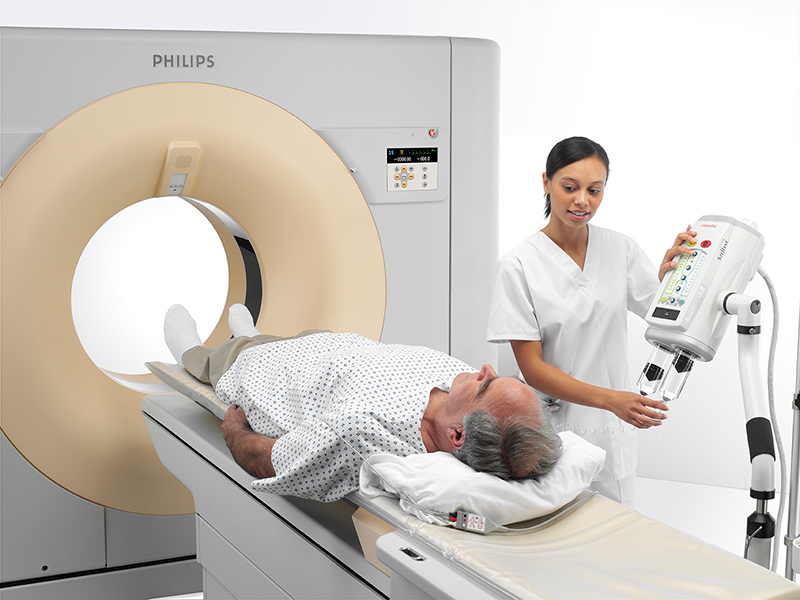At Queensland Radiology Specialists, we understand the frustration that occurs when trying to arrange timely diagnostic imaging and interventional procedures for your patients on Worker’s Compensation.
Fortunately, we have a team of staff dedicated to handling Worker’s Compensation cases. We ensure the process is efficient, providing a stress-free experience for both the referring doctor and the patient. We will provide a prompt and accurate diagnosis so that the patient can start on the pathway to treatment, and ultimately, recovery.
Simply provide us a referral with the patient’s contact details, case number (if available) and:
-
-
- We will contact the patient and prioritise their imaging / intervention
- We accept all referrals
- We will chase up approvals from insurers
- All reports fast-tracked
- We will treat you with the highest level of professional service and care
-
Please contact our WorkCover Team on:
Email: workcover@q-rad.com.au
Direct Line: 0455 191 067
